Home>Construction & Tools>Building Materials>How To Build A Brick Fence
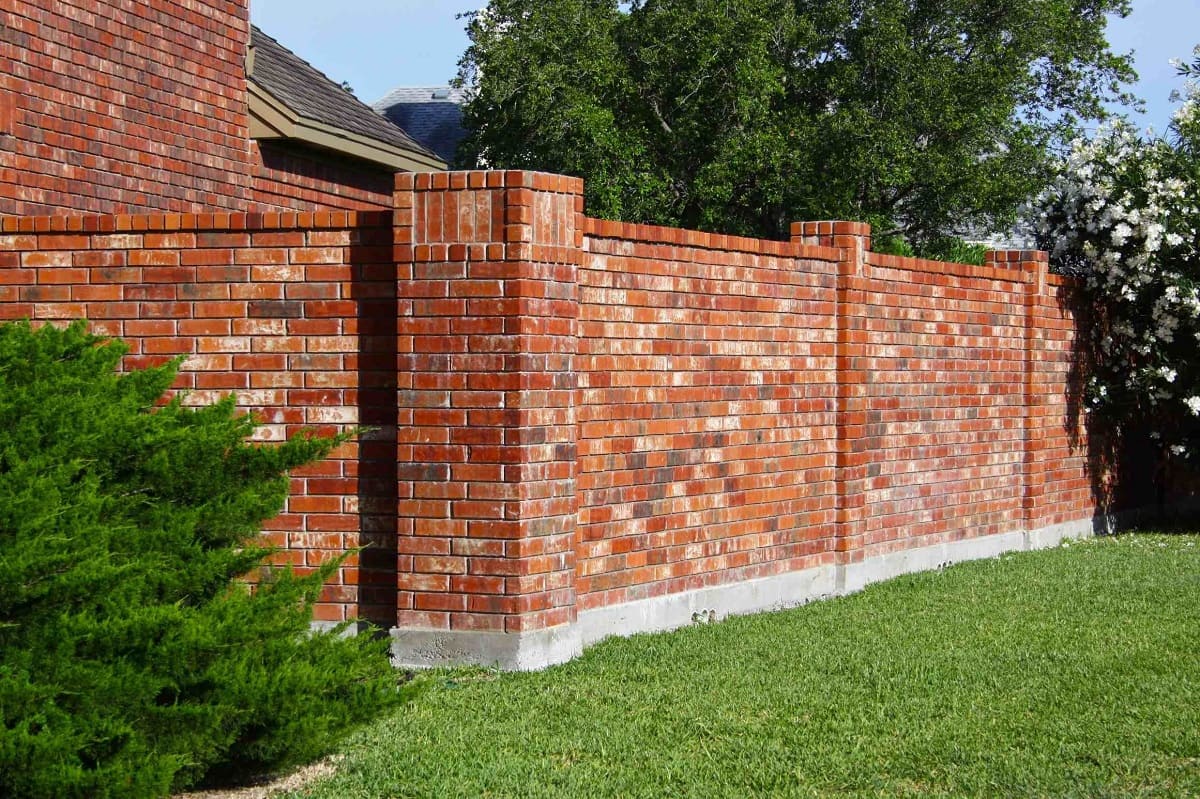

Building Materials
How To Build A Brick Fence
Modified: April 22, 2024
Discover the best building materials for constructing a durable brick fence. Learn the essential steps and materials needed for a sturdy and long-lasting brick fence.
(Many of the links in this article redirect to a specific reviewed product. Your purchase of these products through affiliate links helps to generate commission for Storables.com, at no extra cost. Learn more)
Introduction
Welcome to the world of DIY brick fence building! Whether you're looking to enhance the aesthetic appeal of your property, increase security and privacy, or simply enjoy the satisfaction of constructing something with your own hands, building a brick fence can be a rewarding endeavor. This comprehensive guide will walk you through the step-by-step process, from planning and preparation to the finishing touches, empowering you to create a sturdy and visually appealing brick fence that complements your property.
Throughout history, brick fences have stood as enduring symbols of strength and sophistication. From classic colonial designs to modern interpretations, brick fences have the remarkable ability to blend seamlessly with various architectural styles, adding a timeless charm to residential and commercial properties alike.
By embarking on this DIY project, you're not only investing in the durability and longevity of your property but also engaging in a creative and fulfilling undertaking. As you roll up your sleeves and delve into the world of bricklaying, you'll gain valuable skills and insights that can be applied to future projects, fostering a sense of accomplishment and self-sufficiency.
In this guide, you'll discover the essential steps for planning, selecting materials, and executing the construction of a brick fence. Whether you're a seasoned DIY enthusiast or a first-time builder, this article aims to provide practical guidance, tips, and tricks to ensure that your brick fence project is a resounding success.
So, grab your work gloves, dust off your trowel, and let's embark on this exciting journey to build a brick fence that not only enhances the beauty of your property but also stands as a testament to your craftsmanship and dedication.
Key Takeaways:
- Building a brick fence is a testament to craftsmanship and dedication, enhancing property appeal and providing lasting security and privacy. It’s a rewarding project that fosters personal growth and accomplishment.
- By selecting quality materials and meticulous construction, a brick fence stands the test of time, enriching the property and leaving a lasting mark of creativity and unwavering commitment.
Read more: How To Build A Brick Fence
Planning and Preparation
Before diving into the physical labor of building a brick fence, meticulous planning and thorough preparation are crucial for a successful outcome. Here are the key steps to consider:
- Assess Local Regulations: Begin by researching local building codes and regulations pertaining to fences. Understanding the legal requirements for height, location, and materials will ensure compliance and prevent potential issues down the line.
- Determine Fence Purpose: Clearly define the purpose of your brick fence. Whether it’s for security, privacy, or purely aesthetic reasons, this decision will influence the design, height, and overall construction approach.
- Measure and Mark Boundaries: Accurately measure and mark the boundaries where the fence will be constructed. Use string lines and stakes to outline the perimeter, allowing for adjustments as needed.
- Consider Drainage: Evaluate the impact of the fence on drainage patterns. Ensure that the construction of the fence does not impede natural water flow or cause water accumulation issues.
- Utility Line Checks: Contact relevant utility companies to locate and mark underground utility lines before digging the foundation. This crucial step prevents accidental damage to gas, water, or electrical lines.
- Budget and Material Selection: Determine your budget for the project and select appropriate materials. Consider factors such as brick type, mortar, reinforcement, and additional embellishments to align with your aesthetic preferences and budget constraints.
- Equipment and Tools: Take inventory of the necessary tools and equipment, such as shovels, levels, trowels, and wheelbarrows. Ensure that you have all the essential items on hand before commencing the construction phase.
By investing time in thorough planning and meticulous preparation, you set the stage for a smooth and efficient construction process. Careful consideration of local regulations, purpose, boundaries, drainage, utility lines, budget, and equipment will lay a solid foundation for the successful execution of your brick fence project.
Choosing the Right Materials
When it comes to building a brick fence, selecting the appropriate materials is a pivotal decision that significantly impacts the fence’s durability, appearance, and overall quality. Here’s a comprehensive guide to help you choose the right materials for your project:
- Bricks: Opt for high-quality, weather-resistant bricks that are suitable for outdoor applications. Common options include clay bricks, concrete bricks, and reclaimed bricks, each offering distinct aesthetic and durability characteristics.
- Mortar: Choose a reliable mortar mix designed for bricklaying. The mortar should provide strong adhesion, weather resistance, and flexibility to accommodate slight movements without compromising structural integrity.
- Reinforcement: Consider incorporating reinforcement materials, such as steel rods or wire mesh, to enhance the fence’s strength and stability, especially for taller or longer sections.
- Foundation Materials: Select appropriate materials for the fence foundation, such as concrete footings or gravel, to ensure stability and prevent settling over time.
- Coping and Caps: Explore options for coping and caps to finish the top of the brick fence. These elements not only contribute to the fence’s aesthetics but also provide protection against water infiltration and potential damage.
- Sealant or Waterproofing: Consider applying a suitable sealant or waterproofing solution to protect the bricks and mortar from moisture penetration, prolonging the fence’s lifespan and maintaining its appearance.
- Decorative Elements: If desired, incorporate decorative elements such as ornamental inserts, patterns, or contrasting brick colors to add visual interest and personalize the fence’s design.
By carefully evaluating and selecting the right materials for your brick fence, you can ensure that the finished structure not only meets your functional requirements but also reflects your aesthetic preferences. Prioritize durability, weather resistance, and compatibility with the surrounding environment to create a brick fence that stands the test of time while enhancing the beauty of your property.
Marking Out the Area
Before the physical construction of the brick fence begins, marking out the area where the fence will be situated is a crucial step that sets the stage for precise and accurate installation. Here’s a detailed overview of the process:
- Gather Necessary Tools: Equip yourself with measuring tape, string lines, wooden stakes, and marking paint or chalk to delineate the fence’s boundaries.
- Verify Property Lines: If applicable, consult property surveys or legal documents to confirm the exact location of property lines. This step ensures that the fence is constructed within your property boundaries, avoiding potential disputes with neighbors.
- Establish Corner Points: Begin by identifying and marking the corner points of the fence using wooden stakes and string lines. Ensure that the corners are square by measuring diagonally from corner to corner (a method known as “squaring the layout”).
- String Line Placement: Stretch string lines between the corner points to outline the straight sections of the fence. This visual guide assists in maintaining a straight and level alignment during the construction process.
- Mark Post Locations: Along the string lines, use marking paint or chalk to indicate the positions of the fence posts. The spacing between posts should align with the desired design and structural requirements of the fence.
- Double-Check Measurements: Review and double-check all measurements and markings to ensure accuracy before proceeding to the next phase. Rectify any discrepancies or misalignments to avoid complications during the construction stage.
By meticulously marking out the area for the brick fence, you establish a clear and precise framework for the construction process. Accurate boundary delineation, proper corner alignment, and consistent post spacing are essential elements that contribute to the structural integrity and visual appeal of the finished fence.
Digging the Foundation
The foundation serves as the bedrock of a sturdy and resilient brick fence, providing essential support and stability. The process of digging the foundation involves strategic planning, precise excavation, and meticulous attention to detail. Here’s a comprehensive guide to digging the foundation for your brick fence:
- Marking Excavation Areas: Referencing the previously marked boundaries and post locations, use marking paint or chalk to outline the areas where the foundation will be excavated.
- Excavation Depth: Determine the appropriate depth for the foundation based on the frost line and soil conditions in your region. In colder climates, the foundation should extend below the frost line to prevent ground movement and potential damage to the fence.
- Excavation Equipment: Utilize a shovel, digging spade, or a mechanical excavator to remove soil and create the foundation trenches. Exercise caution to maintain the accuracy of the trench dimensions and ensure uniform depth throughout the excavation process.
- Leveling and Compacting: After excavating the foundation trenches, use a level to confirm uniform depth and a tamper to compact the soil at the bottom of the trenches. This step promotes stability and minimizes the risk of settling over time.
- Drainage Considerations: If applicable, incorporate drainage provisions within the foundation to manage water runoff and prevent moisture-related issues. This may involve installing perforated drainage pipes or gravel to facilitate proper water dispersion.
- Inspect for Debris and Obstructions: Thoroughly inspect the foundation trenches for any debris, roots, or obstructions that could compromise the integrity of the foundation. Remove any impediments and ensure the trenches are clear and ready for the next phase.
By meticulously executing the process of digging the foundation, you establish a solid base that forms the backbone of your brick fence. The careful consideration of excavation depth, uniformity, drainage provisions, and debris removal lays the groundwork for a stable and enduring fence structure that can withstand the test of time.
When building a brick fence, make sure to properly prepare the foundation by digging a trench and filling it with concrete. Use a level to ensure the bricks are straight and evenly spaced.
Read more: How To Build A Wooden Fence
Mixing and Laying the Mortar
The proper mixing and application of mortar are essential elements in the construction of a durable and visually appealing brick fence. Achieving the right consistency and technique in mortar preparation and application is crucial for the structural integrity and aesthetic quality of the fence. Here’s a detailed guide to mixing and laying the mortar for your brick fence:
- Selecting the Mortar Mix: Choose a high-quality mortar mix suitable for outdoor bricklaying. Consider factors such as weather resistance, strength, and compatibility with the chosen brick type.
- Preparing the Mortar: Follow the manufacturer’s instructions to mix the mortar, ensuring the proper ratio of mortar mix, water, and any additional additives. Use a sturdy wheelbarrow or mixing trough to combine the components thoroughly.
- Consistency and Workability: Aim for a workable consistency in the mortar that allows for easy application while maintaining sufficient adhesion and support for the bricks. The mortar should hold its shape without being overly stiff or excessively fluid.
- Applying Mortar to Bricks: Use a trowel to apply an even layer of mortar to the end of a brick, known as “buttering.” Position the buttered brick in place, applying a slight twisting motion to ensure proper adhesion and a consistent mortar joint.
- Leveling and Alignment: As you lay each brick, use a level to ensure horizontal and vertical alignment. Adjust the mortar bed as needed to maintain a uniform surface and precise positioning of the bricks.
- Joint Finishing: Once the bricks are in place, use a striking tool or jointer to finish the mortar joints, ensuring a uniform and aesthetically pleasing appearance. Proper joint finishing also contributes to the structural integrity of the brickwork.
- Work in Sections: Divide the fence into manageable sections to prevent the mortar from drying out before brick placement. This approach allows for focused attention on each segment, promoting consistency and efficiency.
By mastering the art of mixing and laying mortar, you establish a strong foundation for the construction of your brick fence. The meticulous attention to mortar consistency, application technique, alignment, and joint finishing culminates in a visually striking and structurally sound fence that embodies craftsmanship and enduring quality.
Building the Fence
As you transition from the preparation and foundation stages to the actual construction of the brick fence, careful attention to detail and precision becomes paramount. Building the fence involves the systematic placement of bricks, adherence to design and structural considerations, and the integration of reinforcing elements. Here’s a comprehensive guide to the process of building your brick fence:
- Setting the First Course: Begin by laying the first course of bricks along the foundation, ensuring a level and well-aligned positioning. This foundational row serves as the anchor for the subsequent courses.
- Vertical and Horizontal Bonding: Implement a staggered brick pattern, known as “bonding,” to enhance the strength and stability of the fence. Alternate the placement of bricks to create interlocking vertical and horizontal joints, promoting cohesion and structural integrity.
- Reinforcement Integration: If necessary, incorporate reinforcement elements such as steel rods or wire mesh within the brick courses to enhance the fence’s resistance to lateral forces and structural stresses.
- Course-by-Course Progression: Build the subsequent courses of bricks, ensuring consistent mortar application, proper alignment, and periodic checks for levelness and plumbness. Attention to detail at each stage contributes to the overall stability and visual appeal of the fence.
- Capping and Coping: As the main body of the fence takes shape, consider the installation of capping and coping elements to provide a finished and protective edge to the top of the brickwork. This step enhances the aesthetic appeal and weather resistance of the fence.
- Gate and Post Integration: If incorporating a gate within the brick fence, ensure precise alignment and integration of gate posts and hinges during the construction process. Attention to gate placement and support is essential for functional and cohesive fence design.
- Quality Control and Adjustments: Periodically step back to assess the overall progress, making any necessary adjustments to maintain uniformity, alignment, and structural integrity throughout the construction process.
By methodically executing the process of building the brick fence, you transform the foundational elements and individual bricks into a cohesive and resilient structure. The systematic integration of bonding patterns, reinforcement, capping, and gate support culminates in a visually striking and enduring brick fence that stands as a testament to precision and craftsmanship.
Finishing Touches
As the construction of the brick fence nears completion, attention turns to the finishing touches that elevate the aesthetic appeal, functionality, and long-term durability of the structure. Incorporating thoughtful details and protective measures adds the final layer of refinement to your brick fence. Here’s a comprehensive guide to the essential finishing touches:
- Grouting and Clean-Up: After completing the brickwork, carefully fill any remaining gaps between the bricks with grout, ensuring a uniform and polished appearance. Thoroughly clean the surface of the bricks to remove excess mortar and achieve a pristine finish.
- Sealing and Waterproofing: Apply a high-quality sealant or waterproofing solution to the entire surface of the brick fence. This protective measure shields the bricks and mortar from moisture infiltration, preventing weather-related deterioration and prolonging the fence’s lifespan.
- Landscaping Integration: Consider integrating landscaping elements around the base of the fence, such as flower beds, shrubs, or decorative stones. Thoughtful landscaping enhances the visual impact of the fence and seamlessly integrates it with the surrounding environment.
- Gate Installation and Hardware: If including a gate within the brick fence, ensure the installation of sturdy hinges, latches, and other hardware components. Verify smooth operation and secure closure to complete the functional aspect of the gate.
- Lighting and Security Features: Explore options for incorporating lighting fixtures or security features along the fence line. Strategically placed lighting enhances nighttime visibility and security, while additional security elements contribute to the overall safety and protection of the property.
- Maintenance Guidelines: Provide clear maintenance guidelines for the brick fence, including recommendations for periodic cleaning, inspection of sealant integrity, and addressing any signs of wear or damage. Empowering property owners with maintenance knowledge promotes the long-term preservation of the fence.
- Final Inspection and Appreciation: Conduct a final inspection of the completed brick fence, ensuring that all finishing touches have been meticulously executed. Take a moment to appreciate the transformation and the enduring impact of the meticulously crafted brickwork.
By attending to the finishing touches with care and precision, you elevate the brick fence from a construction project to a refined and enduring feature of your property. The integration of protective measures, landscaping, functional elements, and maintenance guidance ensures that your brick fence not only enhances the visual appeal of your property but also stands as a testament to quality craftsmanship and attention to detail.
Conclusion
Congratulations on successfully completing the journey to build a brick fence that embodies strength, elegance, and enduring quality. Throughout the meticulous planning, precise construction, and thoughtful finishing touches, you’ve transformed raw materials into a timeless structure that enhances the beauty and functionality of your property. As you reflect on this achievement, consider the following key takeaways:
- Craftsmanship and Dedication: The construction of a brick fence is a testament to your craftsmanship and dedication to creating a lasting and visually striking feature. Your commitment to precision and attention to detail has resulted in a structure that stands as a reflection of your skills and perseverance.
- Property Enhancement: The brick fence not only adds a touch of sophistication to your property but also serves practical purposes such as security, privacy, and boundary delineation. Its enduring presence contributes to the overall appeal and value of your property.
- Longevity and Durability: By selecting high-quality materials, adhering to best practices in construction, and implementing protective measures, you’ve ensured that your brick fence is built to withstand the test of time. Its resilience and enduring beauty will continue to enrich your property for years to come.
- Personal Growth and Accomplishment: The successful completion of this project has not only enhanced your property but also fostered personal growth and a sense of accomplishment. The skills and knowledge gained throughout this endeavor will serve as valuable assets for future projects and endeavors.
As you admire the stately presence of your newly constructed brick fence, take pride in the transformative journey from a vision to a tangible, enduring structure. Embrace the admiration of passersby, revel in the enhanced security and privacy it provides, and find joy in the knowledge that your craftsmanship has left an indelible mark on your property.
May your brick fence stand as a symbol of your dedication, creativity, and unwavering commitment to creating enduring beauty and functionality. As you continue to embark on future endeavors, may the lessons learned and the satisfaction gained from this project serve as a constant source of inspiration and pride.
Frequently Asked Questions about How To Build A Brick Fence
Was this page helpful?
At Storables.com, we guarantee accurate and reliable information. Our content, validated by Expert Board Contributors, is crafted following stringent Editorial Policies. We're committed to providing you with well-researched, expert-backed insights for all your informational needs.
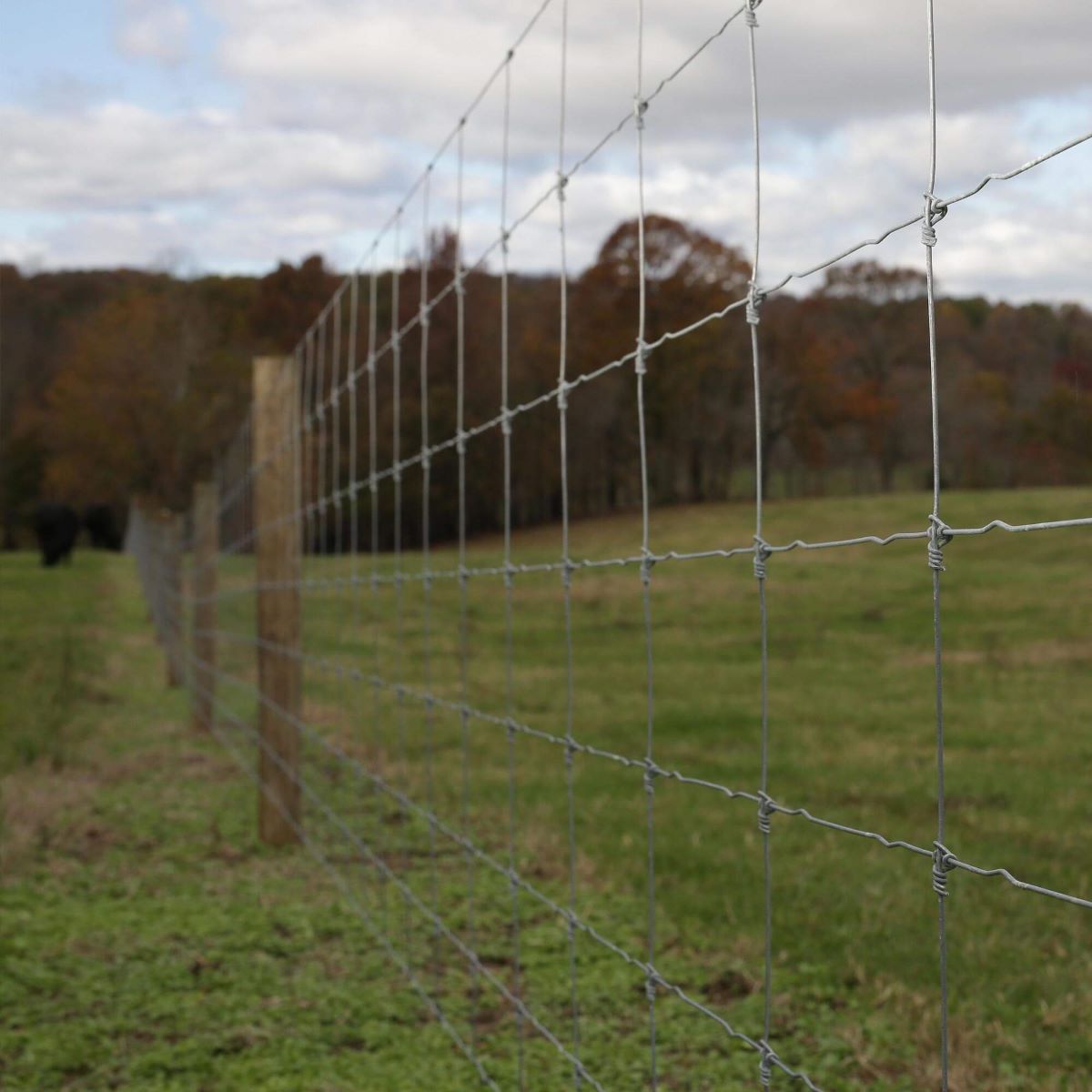
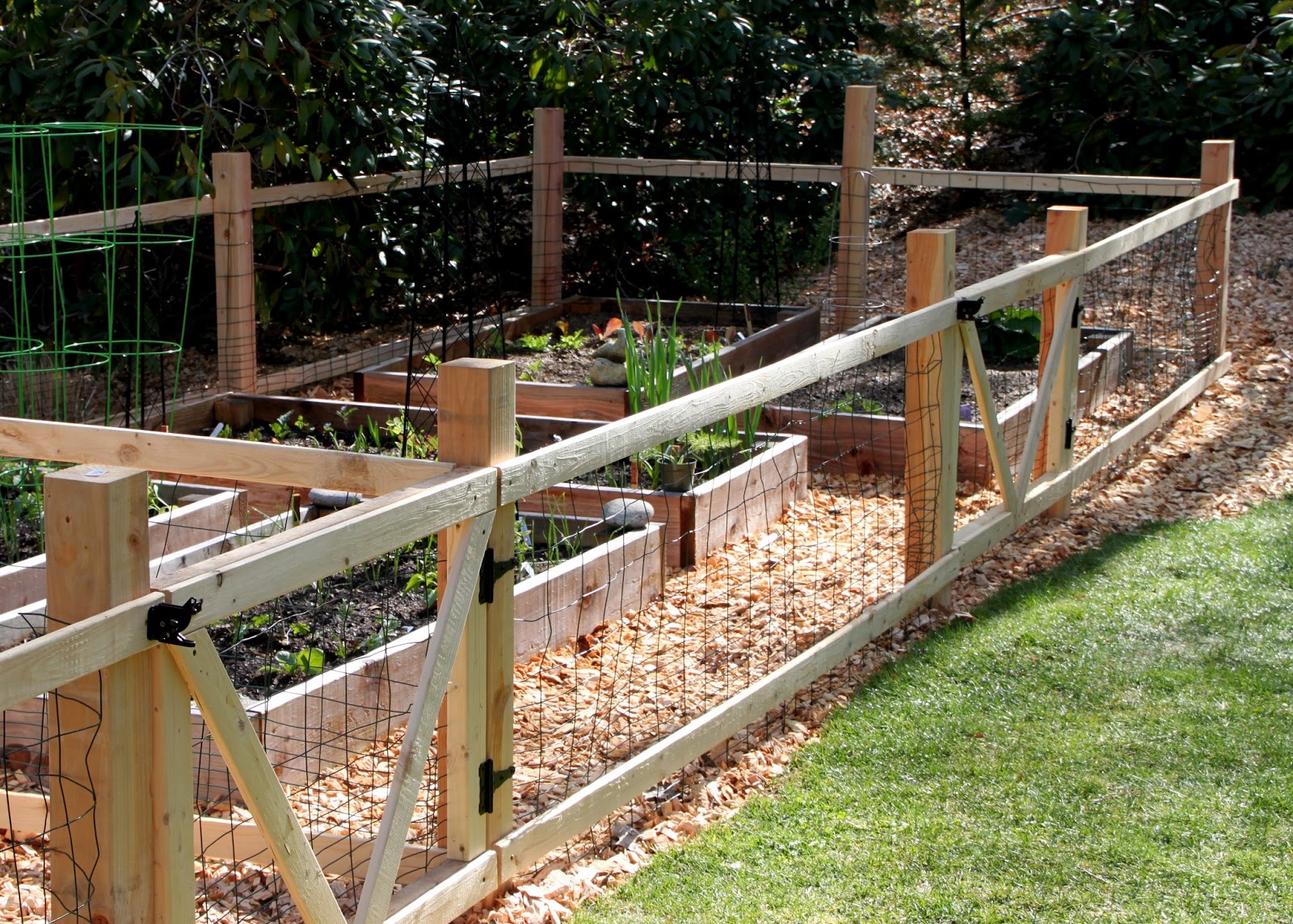
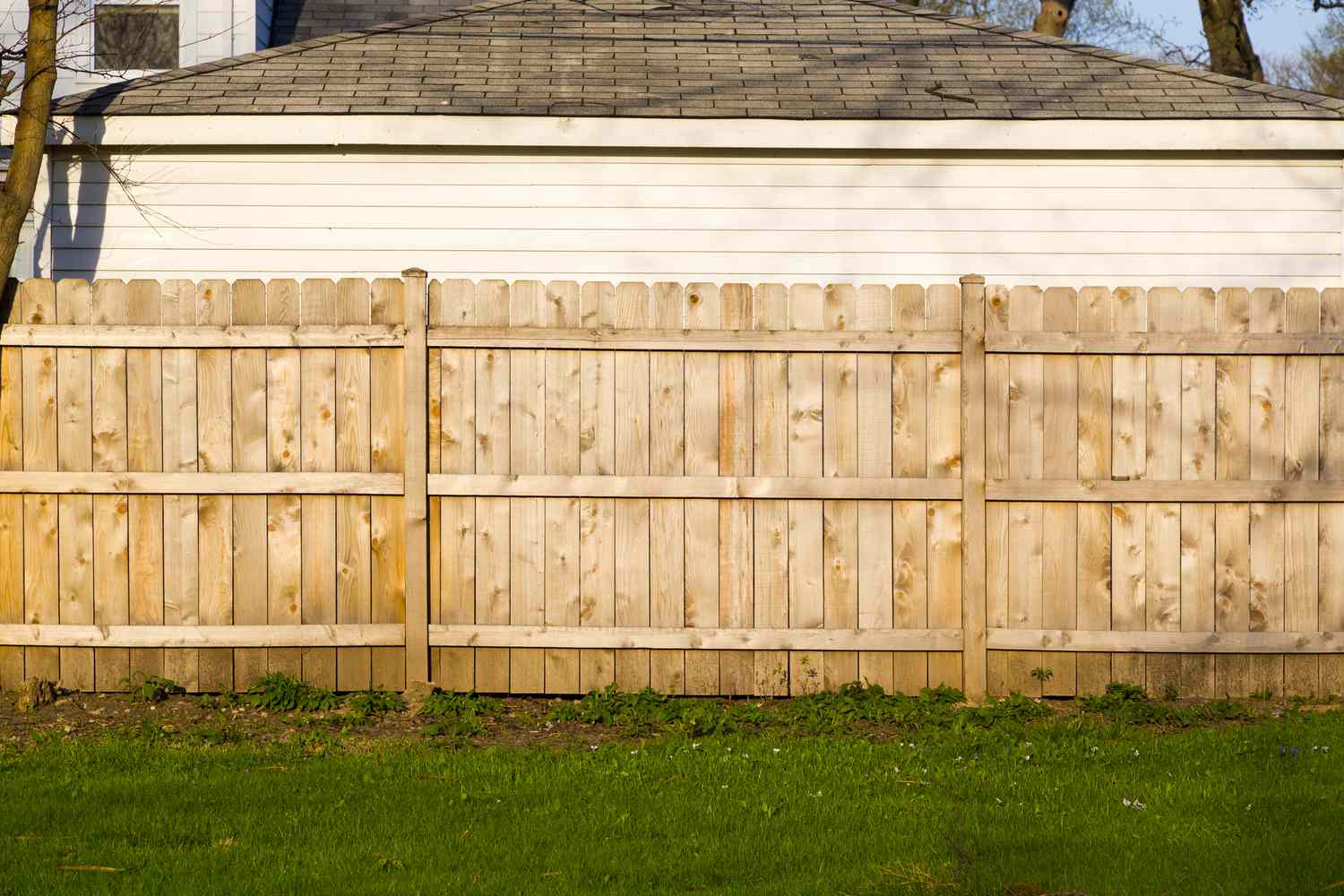
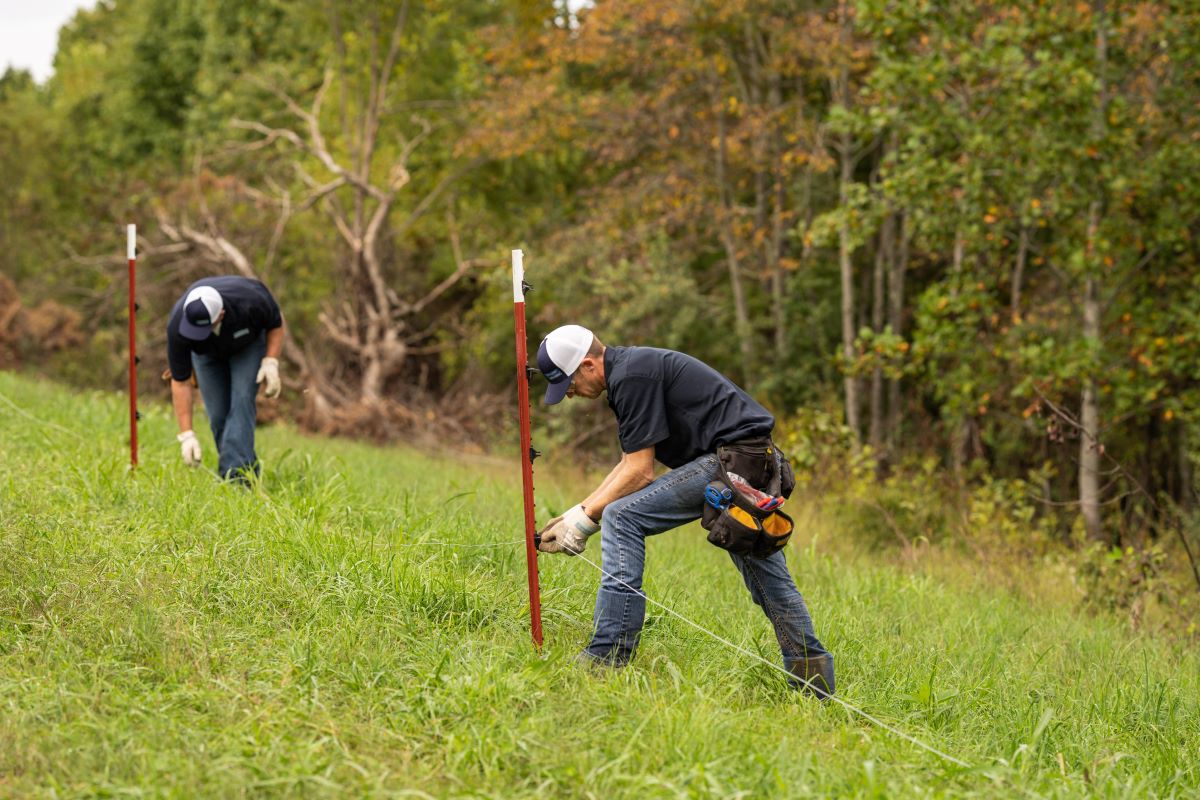
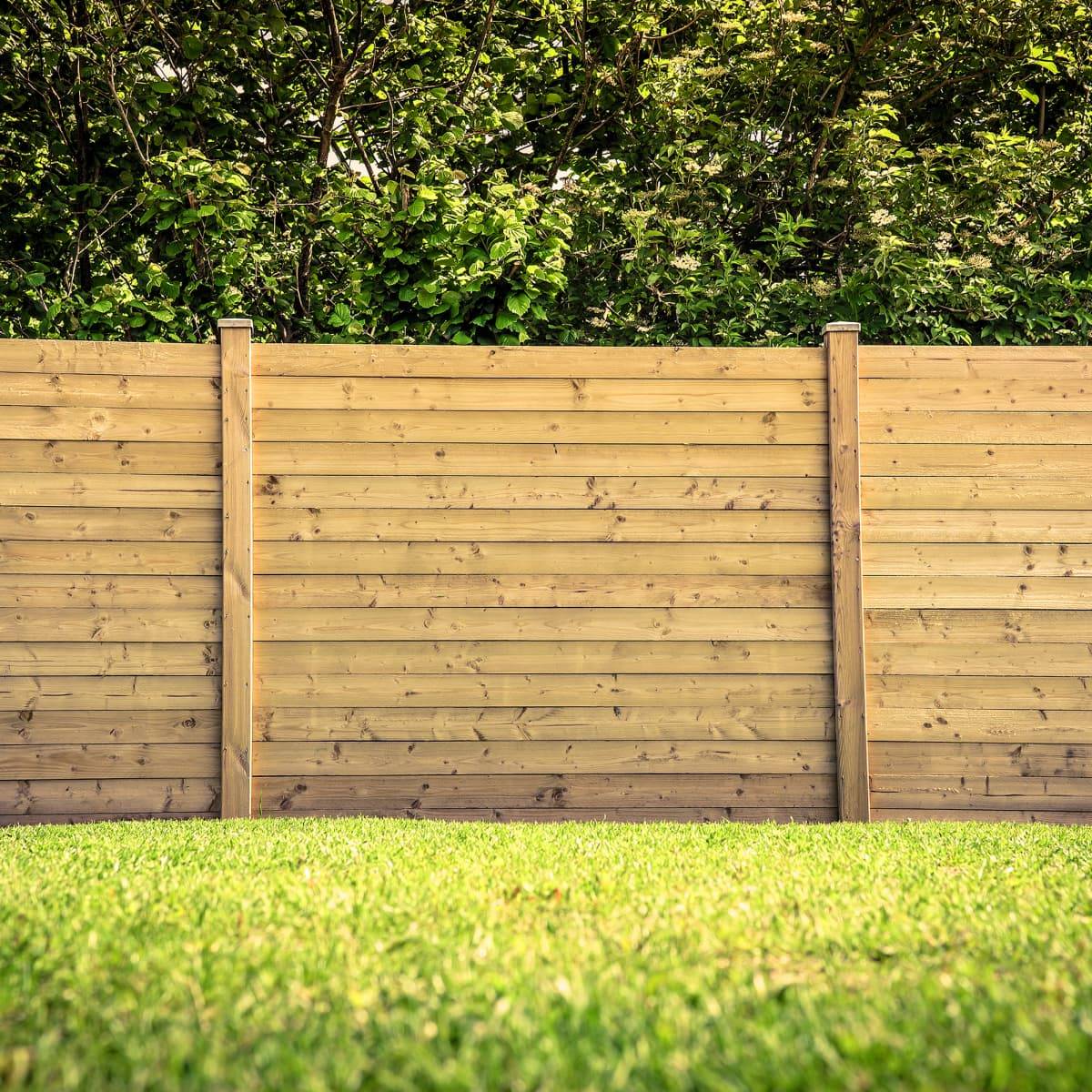

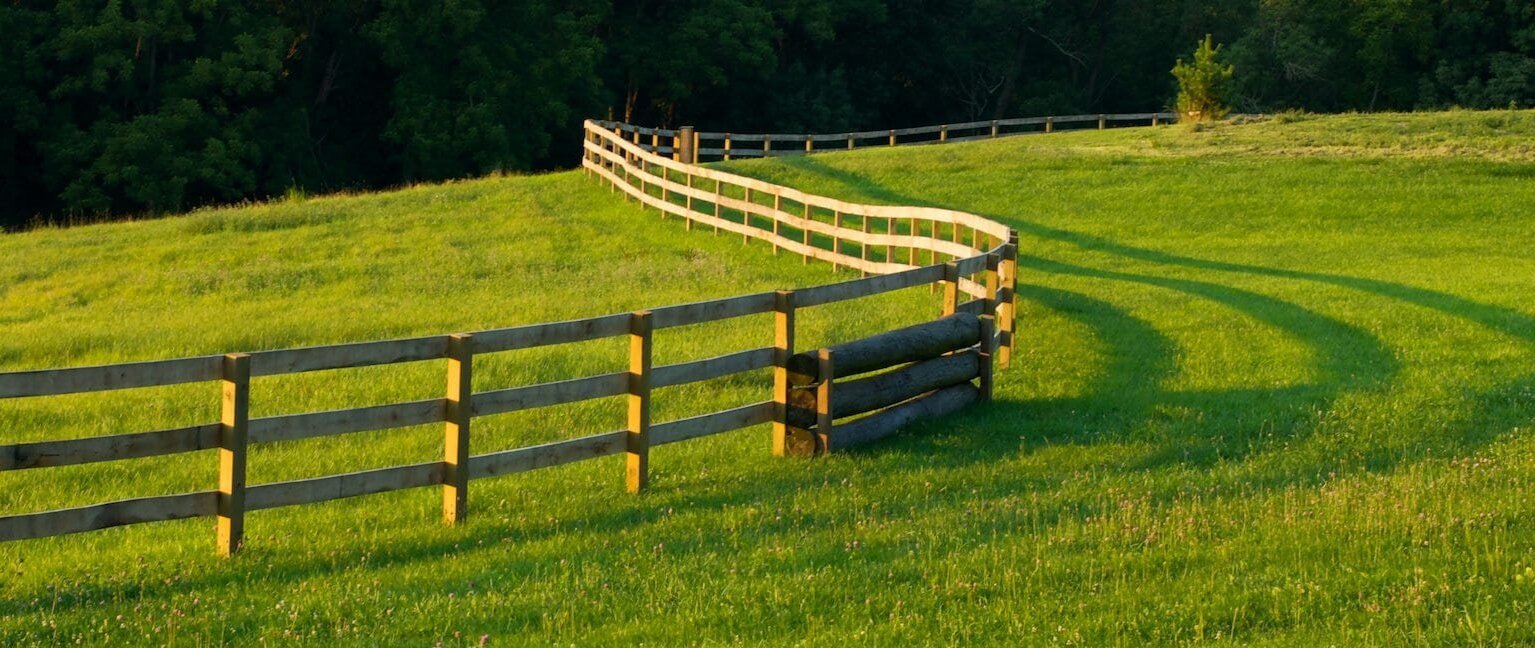
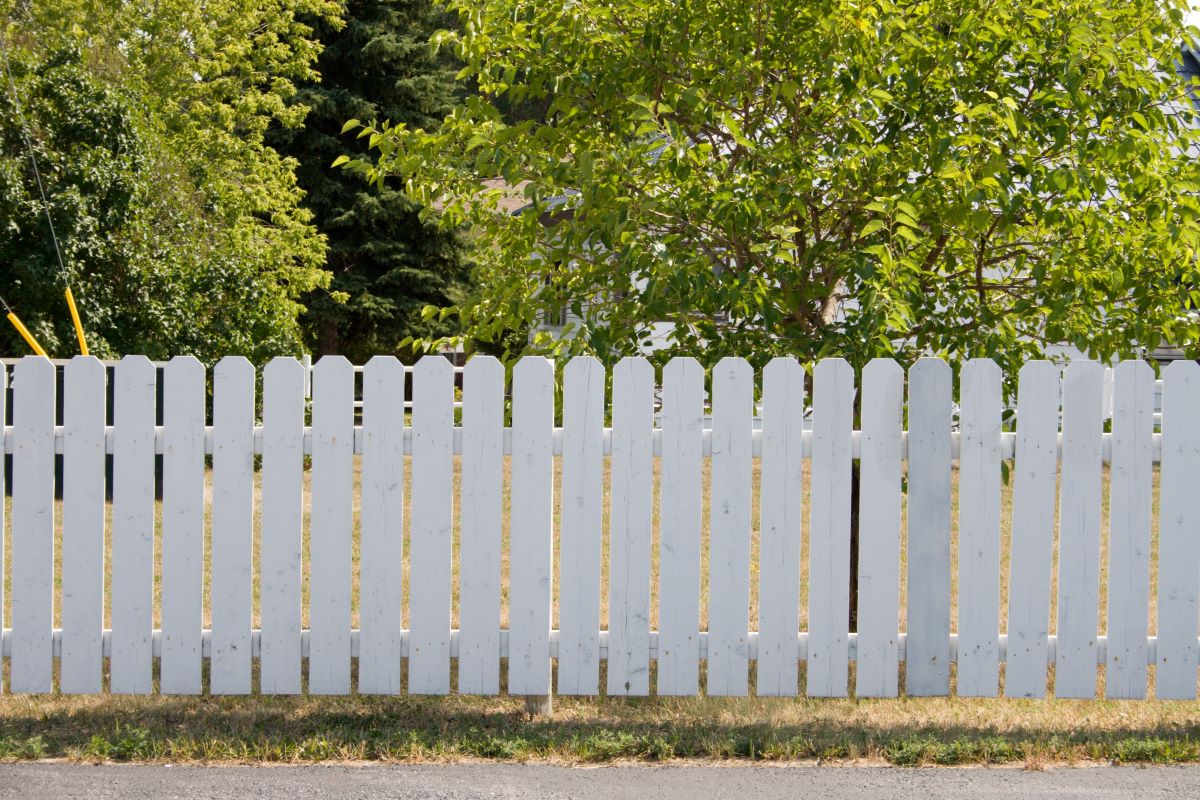
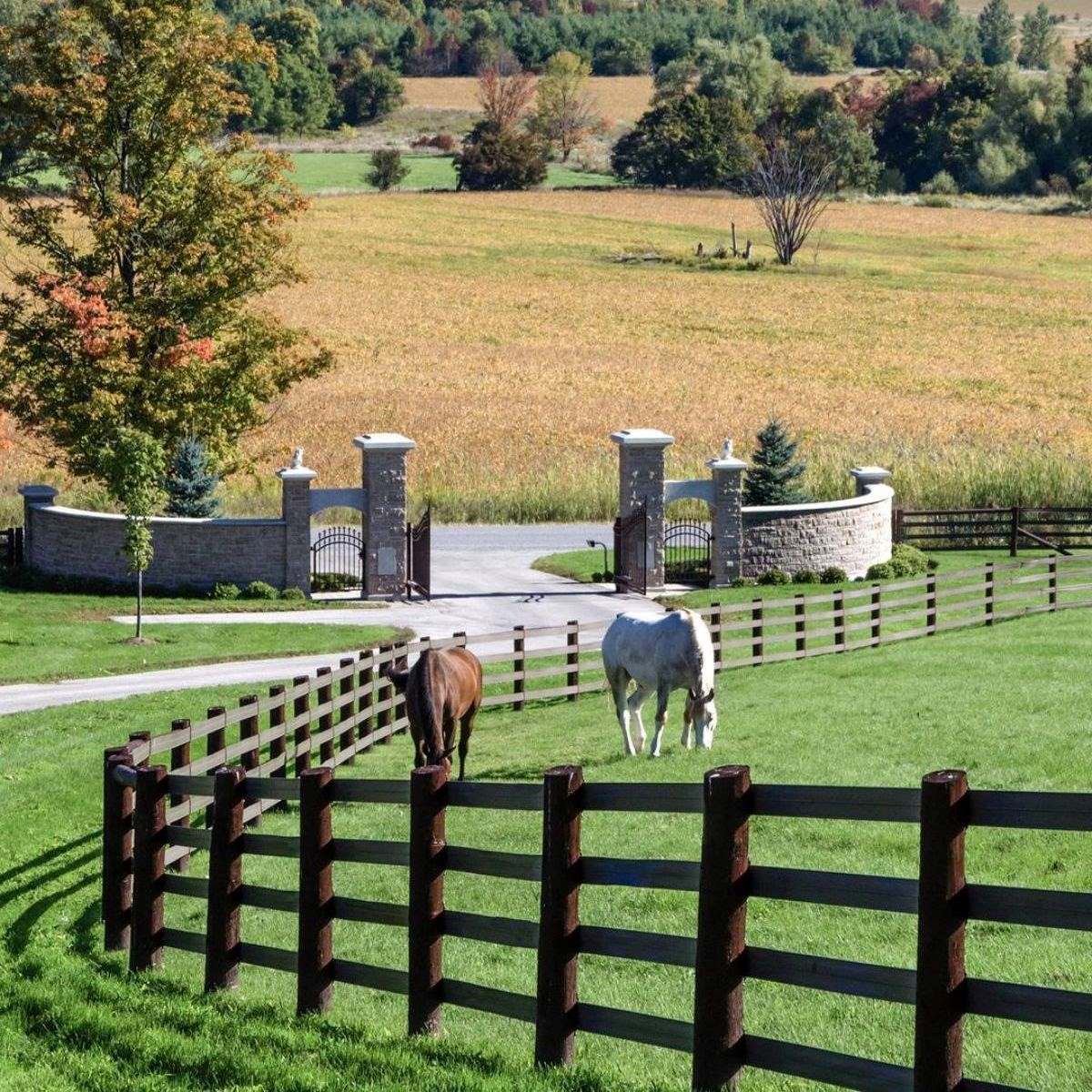
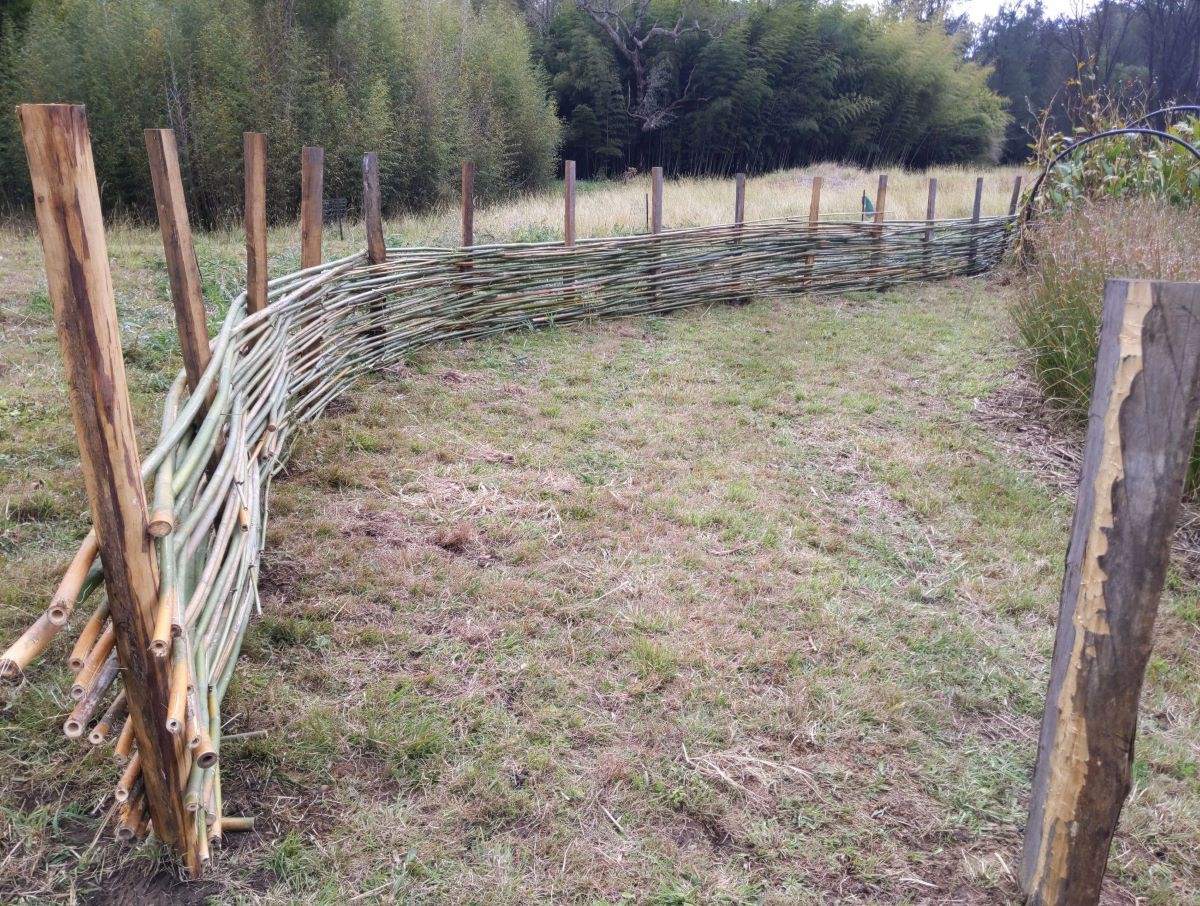
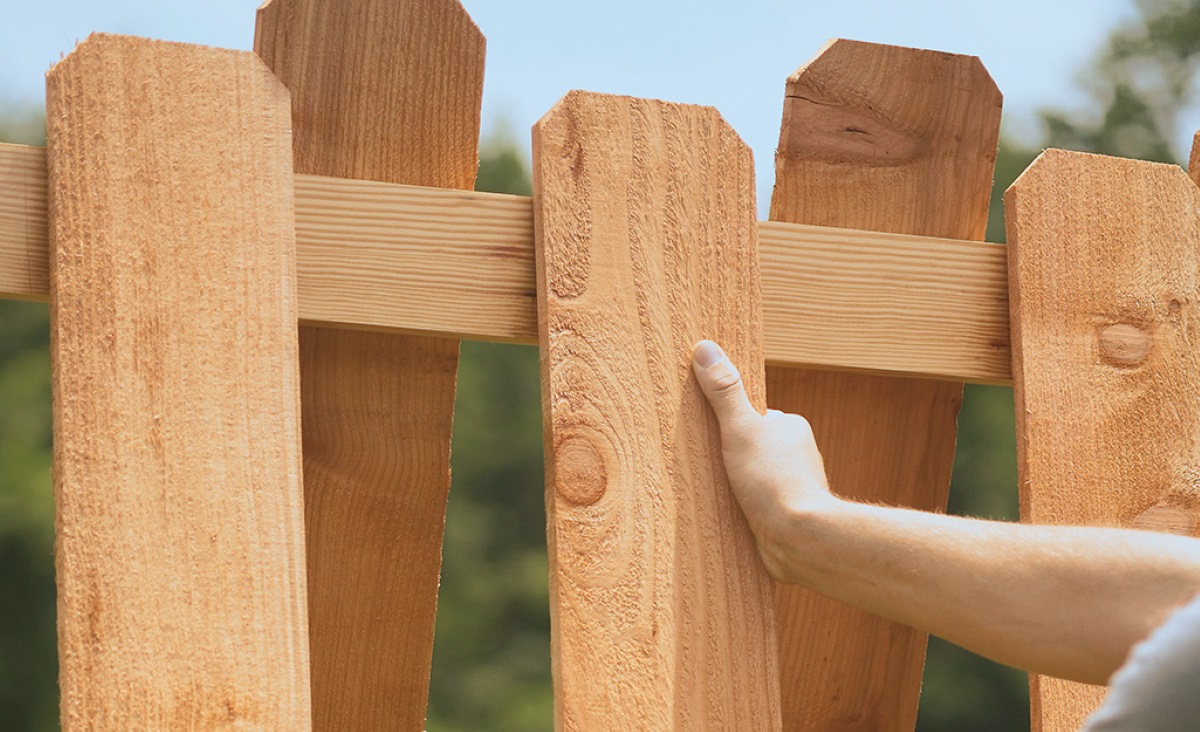
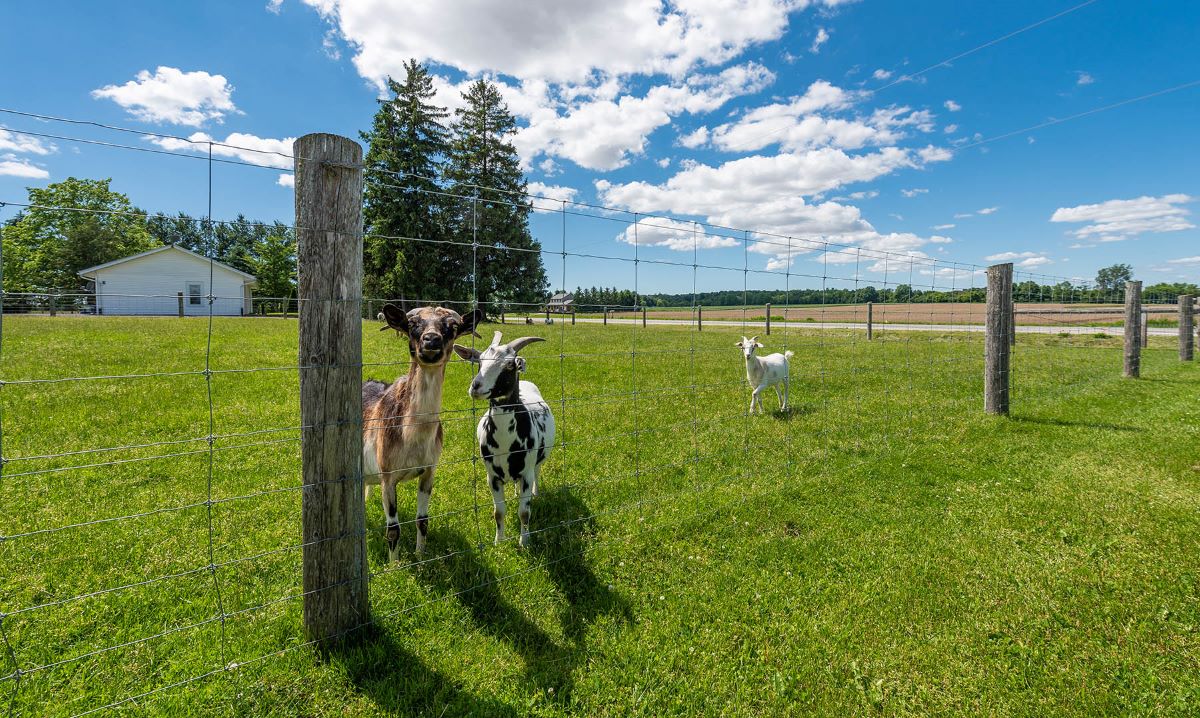
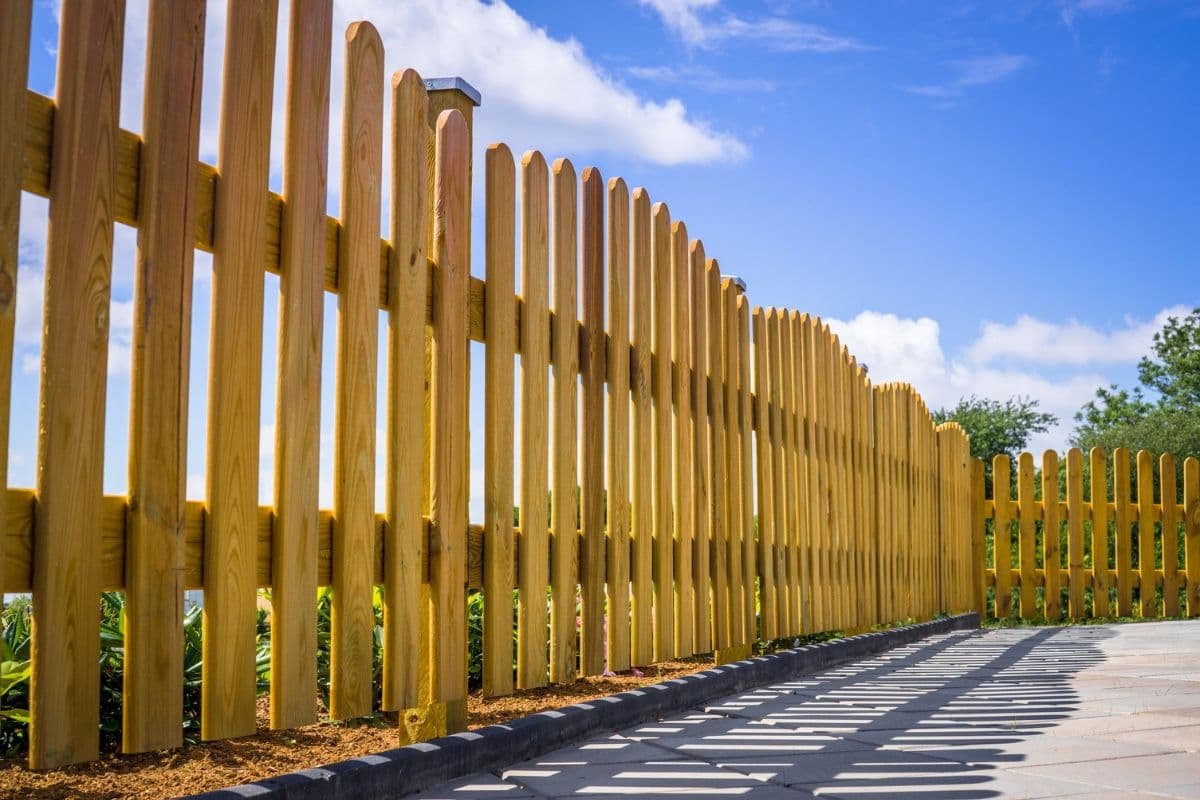
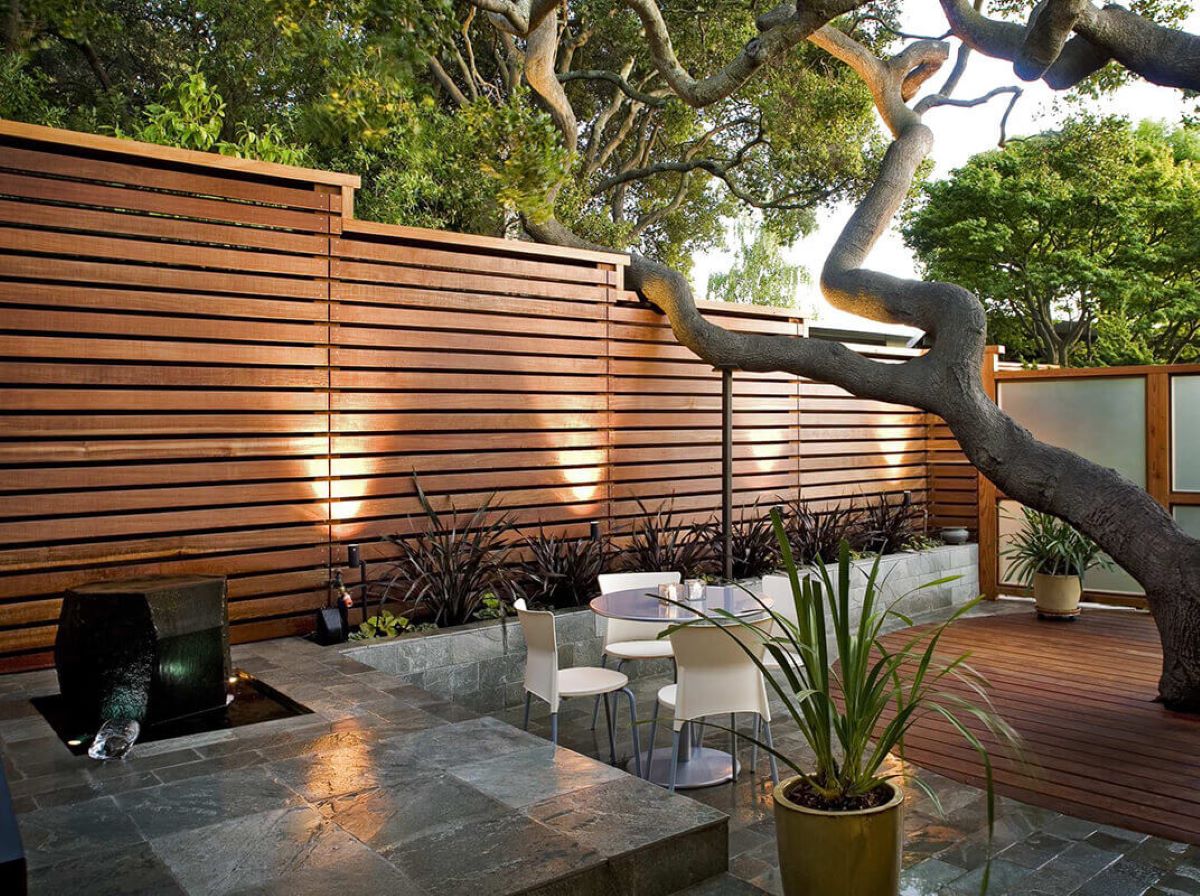

0 thoughts on “How To Build A Brick Fence”